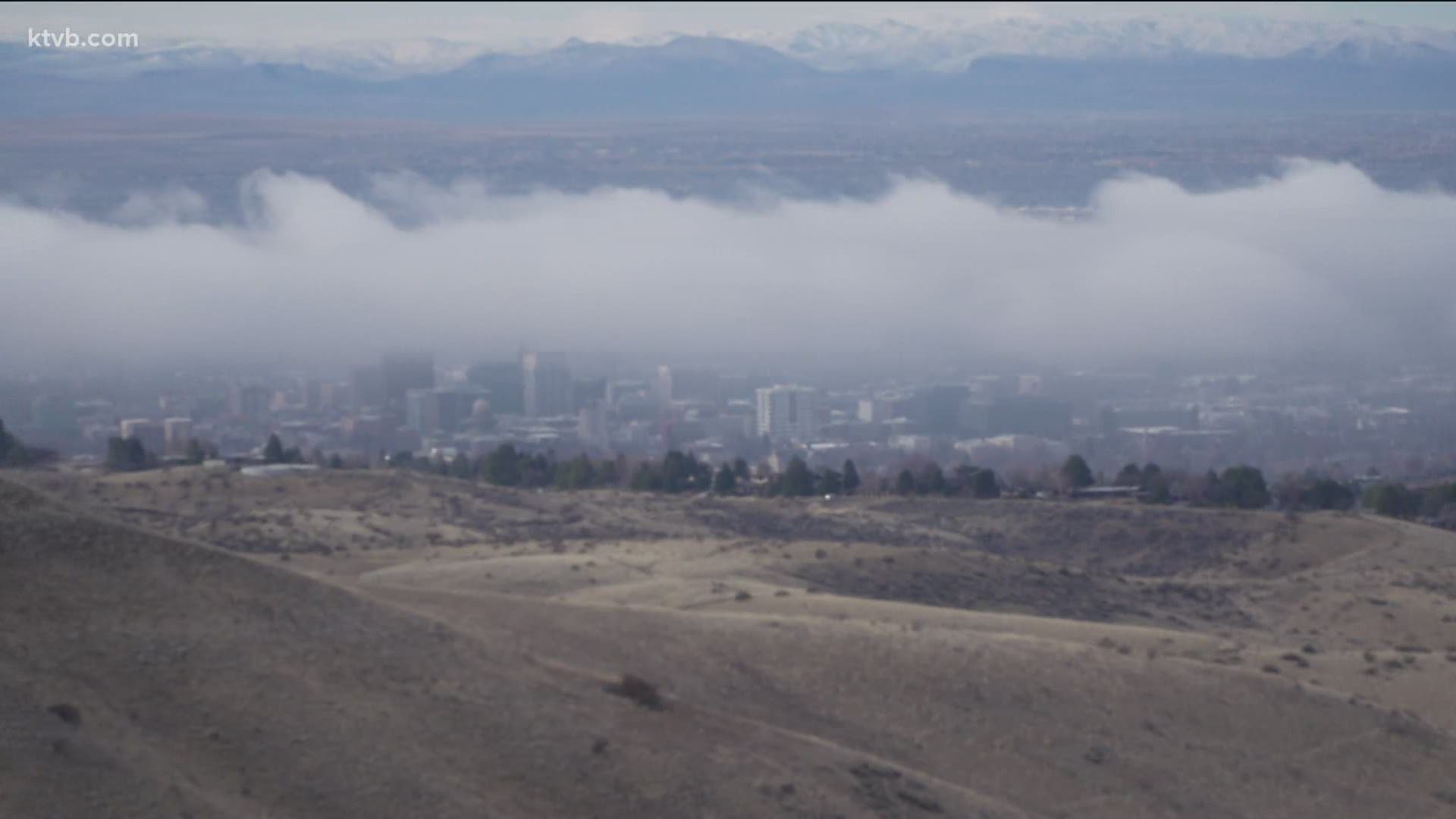BOISE, Idaho — If you start to feel blue when the skies are gray, you're not alone.
Weather experts say that inversions, which trap fog, haze, and pollution in lower-lying areas, can trigger seasonal affective disorder for some people.
KTVB Meteorologist Larry Gebert says that inversions are more common in the winter months, when shorter days and less sunlight is the norm. For those already dealing with S.A.D., inversions can exacerbate the condition and lead to real health effects.
"It is a real problem and affects all of us in some way," Gebert said. "We have a natural drop in serotonin, which is a brain chemical responsible for happiness. We also have less melatonin which is also a brain chemical that we need to get a good night's sleep."
Treatment options are available to treat the disorder, and those who feel the symptoms are disrupting their normal life are encouraged to reach out to a mental health professional for help. But there are other things S.A.D. sufferers can do at home to help shake off the winter blues.
"If the air quality is okay, just get outside for a walk or to get some sunlight," Gebert said. "In addition, listen to music that makes you feel energized. Reach out to friends or family even if it is just a phone call or a video chat. They probably need a friendly conversation to help them."
Watch more weather:
See the latest weather forecasts and news in our YouTube playlist:

